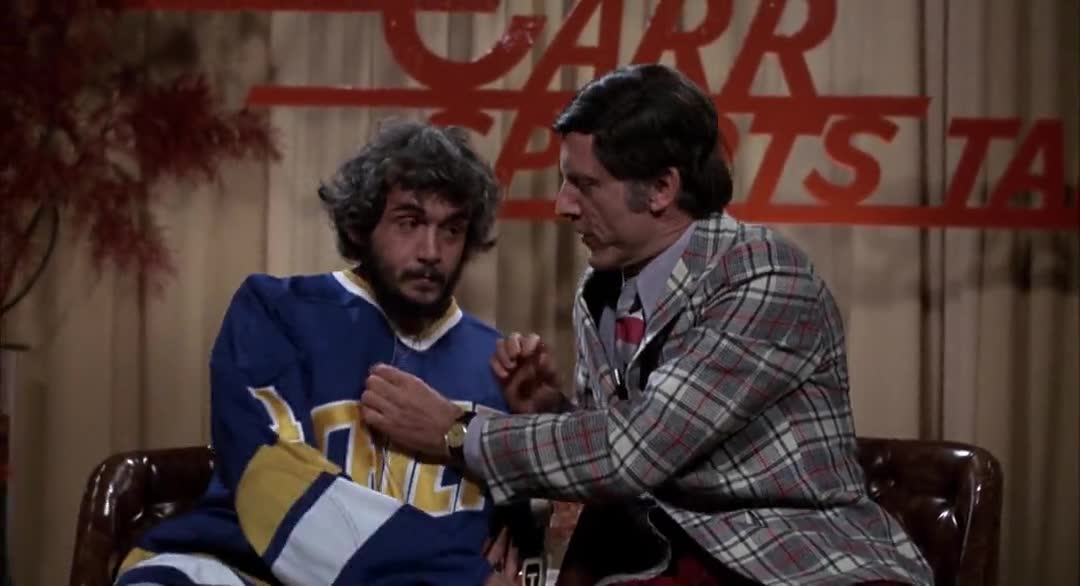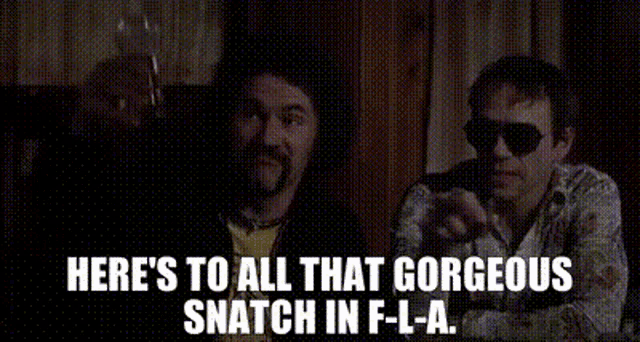Address
304 North Cardinal
St. Dorchester Center, MA 02124
Work Hours
Monday to Friday: 7AM - 7PM
Weekend: 10AM - 5PM
Address
304 North Cardinal
St. Dorchester Center, MA 02124
Work Hours
Monday to Friday: 7AM - 7PM
Weekend: 10AM - 5PM

As the say in Hockey

So I am here to outline what I consider the finer points in NHL DFS.

No, not those finer points. But we’ll get to the narratives eventually in this season. No, this is the basic 101 overview on how we attack hockey here at The Daily Ambush. I am joined this season by my partner in crime The Rob Geriak who is going to be joining me in leading off our NHL DFS content for this upcoming season. Rob will give you all the in-depth and logical analysis when he writes and I’ll just be here to try and keep it entertaining along the way while we both look to set out to provide the most consistent advice you will find. In addition to our content plans we’re obviously powered by the NHL Dashboard and Tools that should be increasing in their capabilities now in a second full season.
Speaking of a full season, it’s really good that we get a more regular NHL schedule this year. Teams will be playing out of their own division once again and we’re going to have no more of the home and home back to back matchups and more situations where one team is on rest and another is on a Back to Back.
So how do we generally attack NHL DFS if you are new?
Obviously who is playing is the most important thing in any sport but in hockey you want to identify those line combinations as best you can. Our model refreshes the lines automatically throughout the day and closer to lock as best we can. Sometimes teams are bad about announcing their line changes but generally you will get the information from beat reporters as they take ice 30 minutes before game for warm-ups. Bookmark the team lines page on our website to use to have quick updates when you need it on line combinations.
http://44.211.41.175/nhl-lineups/
Both FanDuel and DraftKings have modified their NHL scoring and rules the past couple of seasons with the big change being on DraftKings which increased bonuses and put more of an emphasis on Shots on Goal and Blocked Shots — giving out bonuses for them too! It’s stupid, but its something we have had to adjust too. What it did ultimately is made the higher priced studs more valuable to play as one offs and reduced the correlation factor on some nights because a player can get 5 SOG and no goals or assists and still wind up doing just as fine as a player who just got an assist as part of a stack.
In larger tournaments, line stacking became less viable and a stars & scrubs type build focusing on value players who could reach SOG or BS bonuses worked well with the star player getting a 3 point night. But in general, we are still going to correlate when playing the “right” contests.
If you are a MLB DFS player, you know that pitcher is extremely important every night despite the fact that they can get you negative points if things go poorly.
Hockey is worse. Much worse. The biggest mistake that is made with goalies is chasing the Goalie who is simply the “favorite” or facing a team in a low over/under. You don’t always want the goalie who is going to win 2-1 or 3-2 on paper. You want a goalie who is going to face a high volume of shots but a low volume of what are considered High Danger Zone shots. Goalies who have good penalty kills in front of them are added value too as those are generally where they will collapse the most. But my rule of thumb on goalies is that you should assume they will all give up a goal and dont chase the shutout. Chase a goalie who is going to face 30 shots (or 10 per period) and has some chance of winning.
You should also not be afraid to be contrarian with goalies as they provide strong leverage on many nights. Simpy put, eating chalk goalies usually isn’t required like you would eat chalk value in NBA or NFL.
In order to construct the best lineup you should visit Lowes and your local 7-11 to pick up a 12 pack. Im not gonna tell you what to buy at Lowes but who doesnt want to visit Lowes? Oh wait, were talking about building a DFS lineup here. My bad…
So my method for building a lineup is different based on the size of the slate, but lets take a slate with 4+ games and were focusing on a tournament that is less than 1,000 entrants here. Such as a single entry, 3-entry max, 5-entry max, etc…
We start with a correlation, correlation is king and the question on each slate of how many correlations is best answered by how many one offs do we like, what is the pricing, etc. But none the less, we want that one CORE correlation (or what I call — The Line Lock) that powers our lineup. A correlation is going to consist of pairing Even Strength (5 on 5) linemates who hopefully are also on the Power Play together.
Correlation strategies include
The second correlation listed there of C-W-D is honestly my favorite. The reason being your D1 is likely going to be in a more favorable price range than the second Winger from a line and the D1 also has the benefit of skating with other lines to allow you a little more of a ‘team’ exposure angle than just locking in on ONE specific line. Boston is the perfect example here. Boston has an elite and pricey top line of Bergeron, Marchand and Pastrnak. But what if you took one of their Defenseman instead of Marchand or Pasta? You are going to probably save 1500 in salary while still getting BOS1 exposure but also having a shot at running into a D-Man assist if the second line scores.
After finding your “Line Lock” if you will and putting them in, you then want to identify the second team or correlation to build. It does not need to be another 3 or 4 man correlation and I generally will go find my second favorite Center-Wing combination.
So now I have C-C-W-W-??-D-??-??-?? plugged into my lineup needing W3, D2, UTIL and a Goalie.
This is where I add in the Goalie that I want and then based on remaining salary will fill in the final spots. Usually my second D man is going to be a one off D man and my W3 is going to be the favorite value Winger on the slate allowing for Utility to be hopefully someone with multi-point potential.
Again, theres many ways to put the train in the station, put the cat in the hat, the biscuit in the basket, etc… But that is one safe model which has been very profitable for me and you can use the same basic logic between DK and FD.
This is something which is going to be expanded upon a lot by myself and Rob, but know your NHL teams. Again, the faster the pace and style of teams the better — but dont try to always stack teams who are taking a ton of penalties when your stack will be on the bench during penalty kills. Teams who are playing fast and open just like in other sports are going to be the best ones to target. But also vegas totals are not everything in hockey.
Totals will range from 5 to 7. With most of them being 5.5, 6 or 6.5 There’s VERY little difference here and a ton of edge in fading teams who are popular simply because they have a … ahem “high implied goal total” … eye-fucking-roll-dot-gif. The variance factor in hockey is HUGE. The Leafs could score 4 goals and get nothing from their top line and the Penguins usually will get goals from all their lines which limits them hitting value from certain players on that team. Play the variance factor — especially on short slates.
The NHL DFS Dashboard and Optimizer will be operational for every Main slate during the season. We are working on making it clean to add Showdown slates again as well as potentially some Turbo or Early/Late slates as well.
If there are fewer than 4 games on a slate, it’s really not much of a content slate and the plan is to include simply a cheat sheet/quick summary breakdown on the top team to focus on for that night. This is where jumping into Discord to go over ownership and leverage plays is going to be most important.
Otherwise there are two types of breakdown styles between Rob and Myself which are based on each of our own signature articles.
On the larger slates we will have two articles to cover different angles, but in cases when there is only one article it will be all the information that you need for the slate breaking down favorite stacks, top one off plays, goalie recommendations and more.
On medium sized slates when there is a Point Shot and Slap Shot article you’re going to find the Slapshot is mostly just the Line Lock play of the night and Betting Plays for the night.
We look forward to a highly profitable and enjoyable NHL DFS Season!
Lets Ambush The Competition.